In many cases it isn’t suitable to change environments when you’re accustomed to a certain pace the majority of your life. If you’re a down to earth Chicago boy, it might be a shock to transition to the glamorous jazz scene of 1920’s Long Island Sound. In The Great Gatsby by F. Scott Fitzgerald, Nick, a simple young man from Chicago, moves to West Egg Long Island Sound to work in New York City. As soon as he arrives, he is constantly haunted by the luring upbeat rhythms of jazz and enchanted by the sparkles and fast moving steps of upper class people enjoying the parties thrown by his mysterious neighbor Jay Gatsby. Externally, the novel can be seen as an insiders glimpse to American culture and society in the 20’s. But to Nick the novel is about a group of deeply disturbed socialites who each share an extensive list of flaws, despite their stature. Daisy is one of the main characters who is both involved with her husband Tom and former lover Gatsby. The author uses Daisy to personify societies attitude during that time period, the struggles and purpose of women, as well as reveals her personal flaws as a main character.
It is widely believed that one always wants what one doesn’t have. It is a saying that relates to modern times as well as the era the novel is set in. It is only one of many factors in modern day society, but if you were rich in the 1920s it was a saying that controlled your life. For the Buchanan’s it was the name of the game. Daisy and Tom went from fabulous estates in Chicago, to Long Island Sound, New York City, and eventually even to Europe. They are never happy with what they have, and spend fortunes buying estate after estate. Daisy is born into money and raised down South. She is properly educated, well mannered, dressed to the nines, and trained to be everything a wife is supposed to be. To the outside world she looks like a pretty well trained host with enthusiasm and class, but inside she is completely empty. No matter how many materialistic possessions she acquires she still lacks happiness, even when she tries to distract herself from the pain. She uses her affair with Gatsby to distract herself from the pain, but instead she negatively affects him and puts him at equal displeasure. Daisy symbolizes the main attitude and culture in America during that time. America in the 1920’s was all about a class system. If you were upper class, which was what everybody worked towards, you were never satisfied and concerned mostly with parties and reputation. But underneath all the fancy suits, cars, and houses one was never truly happy. For example, Gatsby tries to attain as much money as possible in order to win Daisy, but in the end of the novel he ends up alone and murdered. Wilson, a low class gas station owner, is merely content with the love he has for his wife Myrtle. Myrtle; however, is not content living as a low class citizen and tries to climb the social latter through her affair with Tom, and in the end she is also left alone and murdered. Daisy is American society in the 1920’s. She is poised, proper, pretty, educated, empty, and leads a meaningless sad life.
Every girl raised in upper class society was well educated because it was a trait that appealed to upper class boys, but not every well-educated girl mastered the art of common sense. In fact, Daisy is a rare exception. Daisy is admired in society because she seems to possess every quality a well-rounded girl should have, but she is empty and depressed because she has enough intelligence and common sense to see past false pretenses. Daisy knows that her husband Tom married into a label of a girl society thinks he should have. She is also aware of the fact that her parents sold her off like a prize horse, and she isn’t allowed to do anything about Tom’s affairs because she is merely a woman owned by a man. Her name, interests, and passions are irrelevant because her only purpose in life is to bear Tom’s children and play hostess to Tom’s friends. The audience is aware of Daisy’s depression from the beginning of the novel, but the author only reveals the reasons for her sadness slowly throughout the course of the plot. For example, when Nick first arrives at the Buchanan’s estate and Daisy and him are alone for the first time, Nick raises the subject of her daughter, “Well, she was less than an hour old and Tom was God knows where. I woke up out of the ether with an utterly abandoned feeling, and asked the nurse right away if it was a boy or a girl. She told me it was a girl, and so I turned my head away and wept. ‘All right,’ I said, ‘I’m glad it’s a girl. And I hope she’ll be a fool-that’s the best thing a girl can be in this world, a beautiful little fool.’” Daisy is intelligent, and her intelligence allows her to know better; therefore, she is empty and depressed. She understands the binding circumstances rich women are forced into, and she’d rather her daughter be stupid and not know better then sad and depressed. Daisy is also intelligent enough to understand that rich girls don’t marry poor boys, regardless of love and happiness. Mid novel, Jordan Baker meets Nick for tea and explains Gatsby and Daisy’s relationship, “She began to cry-she cried and cried. I rushed out and found her mother’s maid, and we locked the door and got her into a cold bath. She wouldn’t let go of the letter. She took it into the tub with her and squeezed it up into a wet ball, and only let me leave it in the soap-dish when she saw that it was coming to pieces like snow. But she didn’t say another word. We gave her spirits of ammonia and put ice on her forehead and hooked her back into her dress, and half an hour later, when we walked out of the room, the pearls were around her neck and the incident was over. Next day at five o’clock she married Tom Buchanan without so much as a shiver, and started off on a three months’ trip to the South Seas.” Daisy receives a letter from Gatsby the night before her wedding and is absolutely distraught over the subject because his written words remind her of true love. However, she goes on with her wedding because she is smart enough to realize that society won’t allow for a rich girl to marry a soldier.
In The Great Gatsby by F. Scott Fitzgerald, each character is flawed in one way or another. Daisy is the main heroine, and is flawed because she uses other people to lessen her pain. Daisy’s personal situation alludes to all of upper class society in the 1920’s, as well as a woman’s place. She is everything a rich girl should be, but because she knows her true purpose in life, she is sad and depressed. Upper class society in the 1920’s was about parties, reputation, big houses, fancy shirts, and unhappy people who were never satisfied.
Wednesday, April 6, 2011
Subscribe to:
Post Comments (Atom)




















































































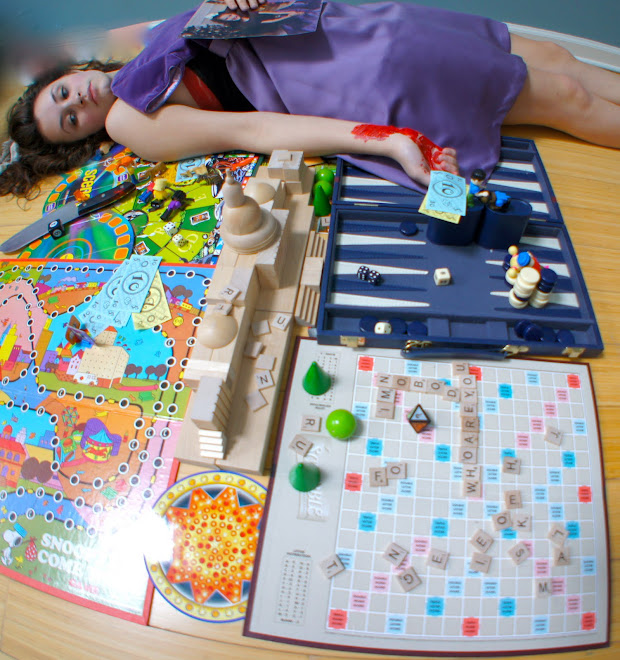









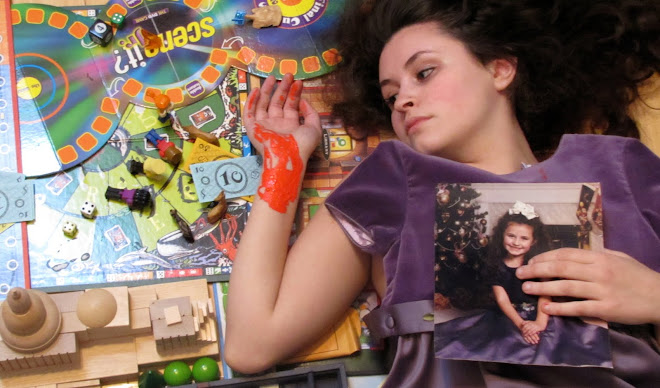













































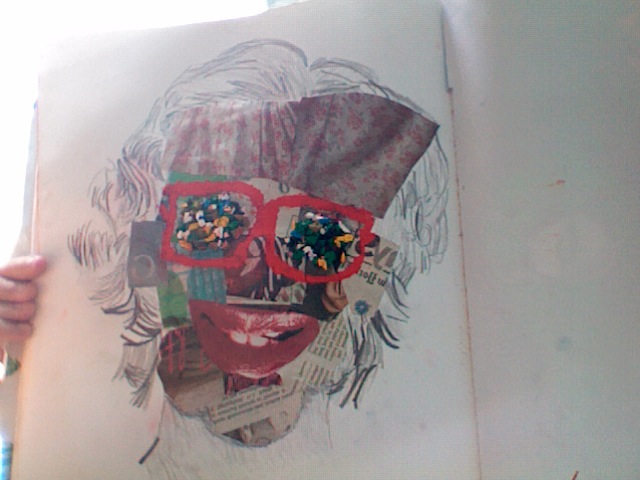
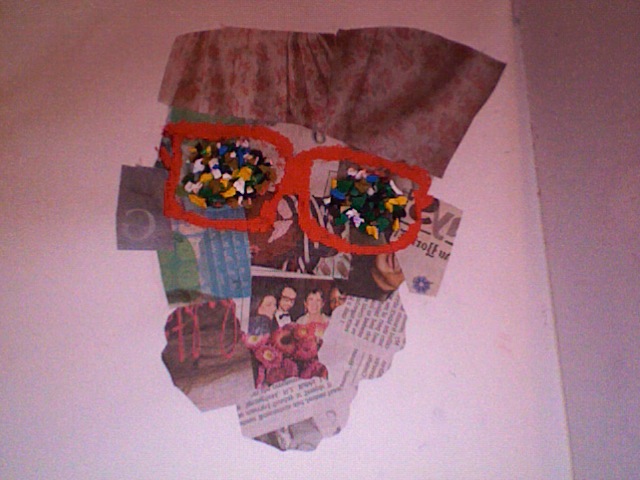

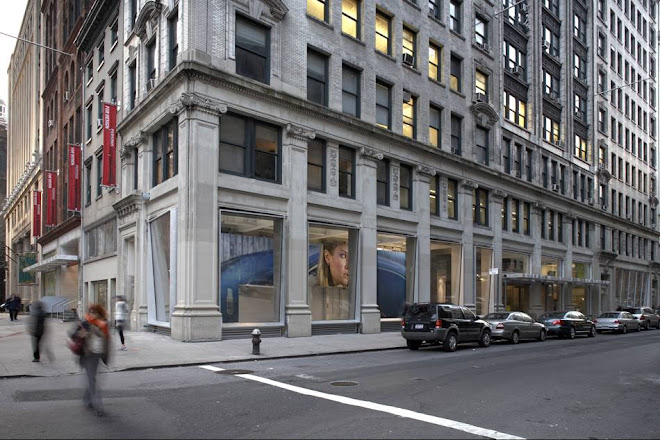.jpg)





.jpg)






































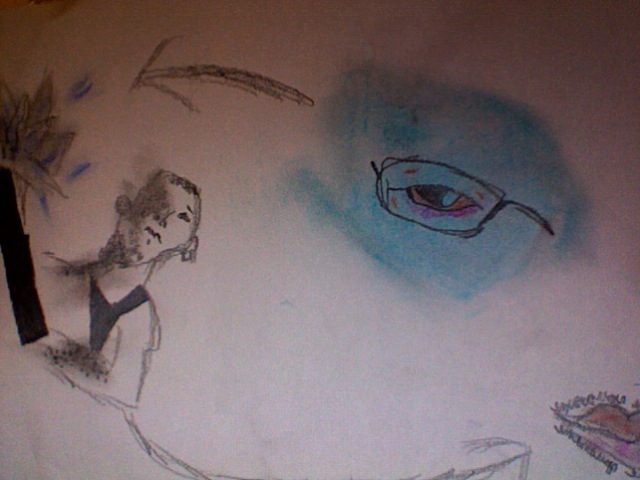

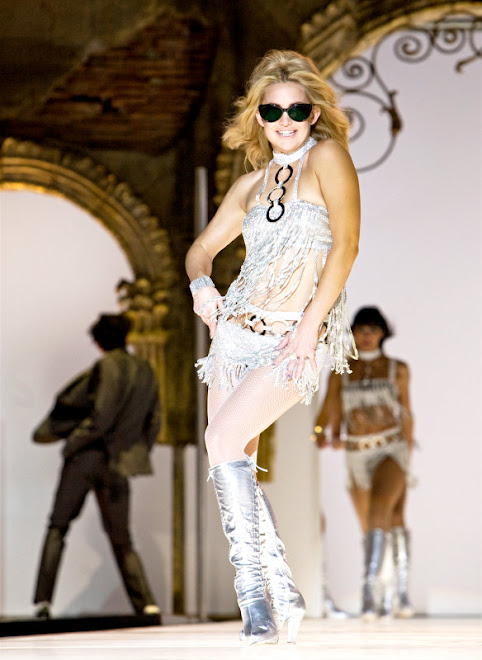



No comments:
Post a Comment